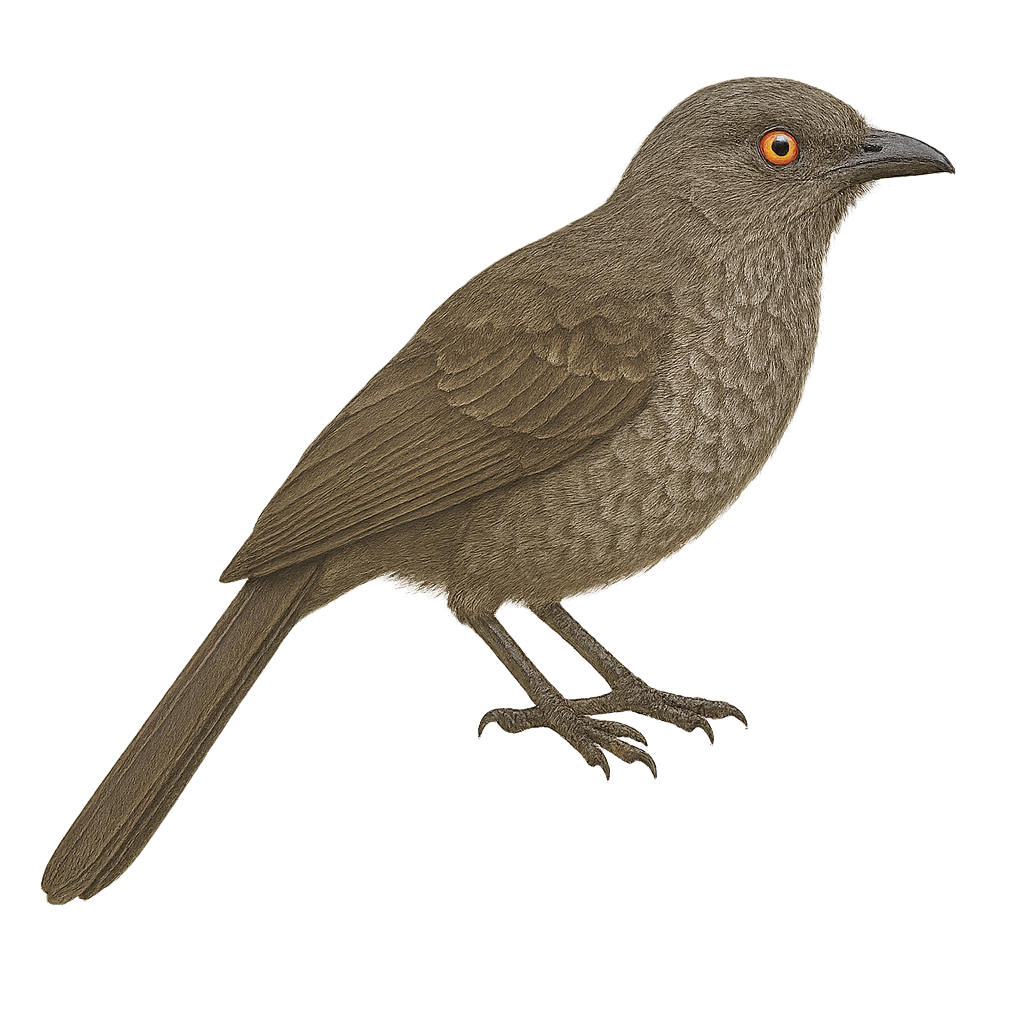Your wildlife photography guide.
Explore the scaly babbler in detail, study its behavior, prepare your shots.
Where to observe and photograph the scaly babbler in the wild
Learn where and when to spot the scaly babbler in the wild, how to identify the species based on distinctive features, and what natural environments it inhabits. The WildlifePhotographer app offers tailored photography tips that reflect the scaly babbler’s behavior, helping you capture better wildlife images. Explore the full species profile for key information including description, habitat, active periods, and approach techniques.
Scaly Babbler
Scientific name: Turdoides squamulata

IUCN Status: Least Concern
Family: LEIOTRICHIDAE
Group: Birds
Sensitivity to human approach: Suspicious
Minimum approach distance: 10 m
Courtship display: March to May
Incubation: 13-16 jours
Hatchings: March to June
Habitat:
Savannas, open forests, shrublands
Activity period :
Primarily active during the day, with peak activity in the morning and late afternoon.
Identification and description:
The Scaly Babbler, or Turdoides squamulatus, is a medium-sized bird known for its brownish plumage with distinctive scaly patterns on the chest and back. Often seen in noisy groups, they move through the underbrush and savannas of sub-Saharan Africa. These birds are known for their complex social behavior and varied vocalizations. They primarily feed on insects, small invertebrates, and occasionally fruits. Their preferred habitat includes shrublands and open forests. Although they are quite widespread, observing them may require patience due to their wary nature and habit of hiding in dense vegetation.
Recommended lens:
400 mm – adjust based on distance, desired framing (portrait or habitat), and approach conditions.
Photography tips:
To photograph the Scaly Babbler, it is advisable to use a telephoto lens of at least 400mm to capture detailed images without disturbing the bird. Look for groups in shrub areas and be prepared to wait patiently, as these birds can be wary and hide in vegetation. Morning or afternoon light is ideal for capturing natural colors and details in the plumage. Use a tripod for stability and be discreet in your movements to avoid scaring them away.
The WildlifePhotographer App is coming soon!
Be the first to explore the best nature spots, track rutting seasons, log your observations, and observe more wildlife.
Already 1 432 wildlife lovers subscribed worldwide

